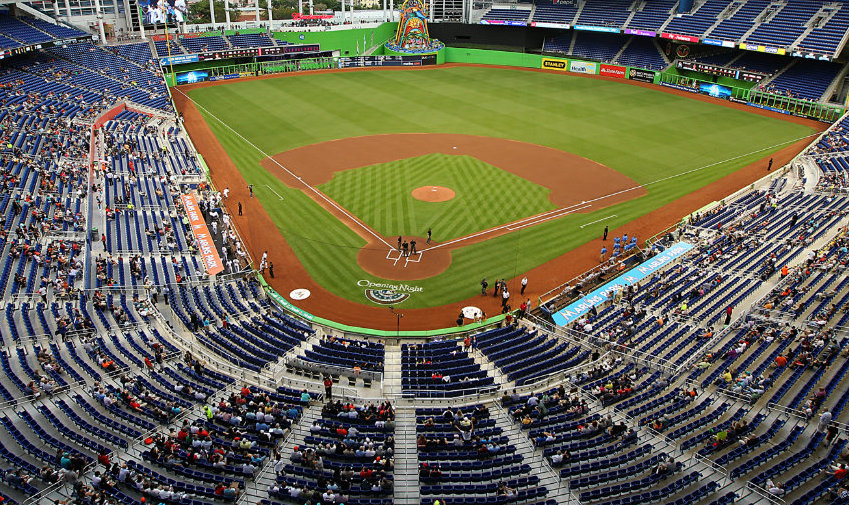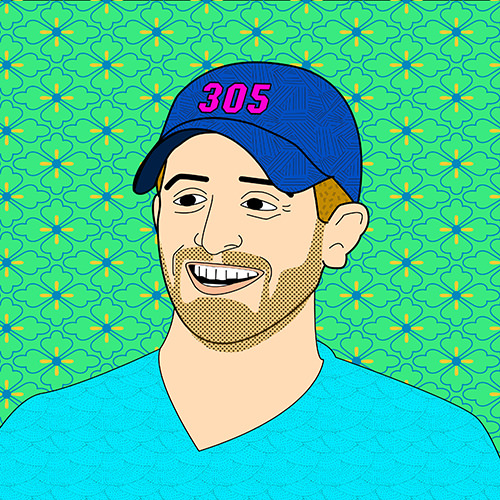
Miami Marlins owner Bruce Sherman stormed up a flight of stairs along LoanDepot Park’s first base line, his face red with exertion and anger. The Marlins were four innings into a game with the Dodgers, though few fans knew it, as the only two in sight sat five rows and 30 seats apart.
“Are you absolutely insane!?” shouted Sherman, pointing an accusatory finger at the fans. “You’re sitting way too close together!”
The first individual gave Sherman a quizzical look. The second, a good fifty feet away, clearly hadn’t heard the baseball magnate’s admonition, and continued scrolling through Instagram.
Sherman cupped his hands and shouted at the second fan.
“Hey, asshole! You’re sitting too close together!”
“What?” responded the man, looking up from his phone.
“I said you’re sitting too close…” Sherman sighed.
“Never mind,” he pulled a walkie talkie from his jacket and spoke into the receiver “Security, we have a noncompliant fan in Section 12, Row F, Seat 32. Please escort him off the premises.”
Two burly security agents physically lifted the startled fan and carried him to the exit.
“Much better!” exclaimed Sherman, surveying an almost empty stadium. “Exactly how I like it!”
Though often ridiculed in sports coverage, Marlins Stadium’s abysmal attendance record was actually part of a decades-long plan to institute the strictest social distancing program in baseball. The team’s ownership worked tirelessly to ensure the stadium never reached anywhere near capacity crowds—all in the name of public safety.
Jose Alvarez, the stadium’s head custodian, stood inside the locked home plate gate, 20 feet up a ladder, broomstick in hand. A crowd of thousands gathered on the other side, encouraging their compatriots as they climbed the iron bars in an attempt to enter the building.
“Oh, you know, people will do just about anything to get in here,” said Alvarez.
He rapped a would-be trespasser on the knuckles until she fell into the crowd.
“Sometimes we close the gates after admitting 200 people. Sometimes less. Rules is rules, ya know?”
He prodded another climber in the sternum with the broomstick, knocking him off the bars.
“We should really go back to greasing these things,” he added pensively.
“This plan goes all the way back to the 90s,” explained Jeff Loria, the Marlins’ controversial former owner. “Everything we did, from selling the ’97 World Series team, to doing it again in ‘03, to robbing Miamians of half a billion dollars to build the stadium, to that ludicrous statue, was all done to ensure we never got close to filling home games.”
Loria shifted his weight, displacing several million dollars in cash and a dozen drumsticks piled into the brass tub in which he spent most of his time.
“Because nothing matters more to us…” he grunted loudly, reaching between his legs.
“Than our fans!” he exclaimed, prying a stack of one hundred thousand dollars from between his thighs.
If you like our stories, check out the first free chapter of our new book.
